For over 20 years, Kraków has been one of the premier destinations for those who enjoy staying out late and exploring the vibrant nightlife. The city is particularly famous for its basement bars that are mostly located around the Main Square (Rynek Główny) and on the streets leading away from the historic market hall (Bracka, Grodzka, Floriańska, and Świętego Jana).
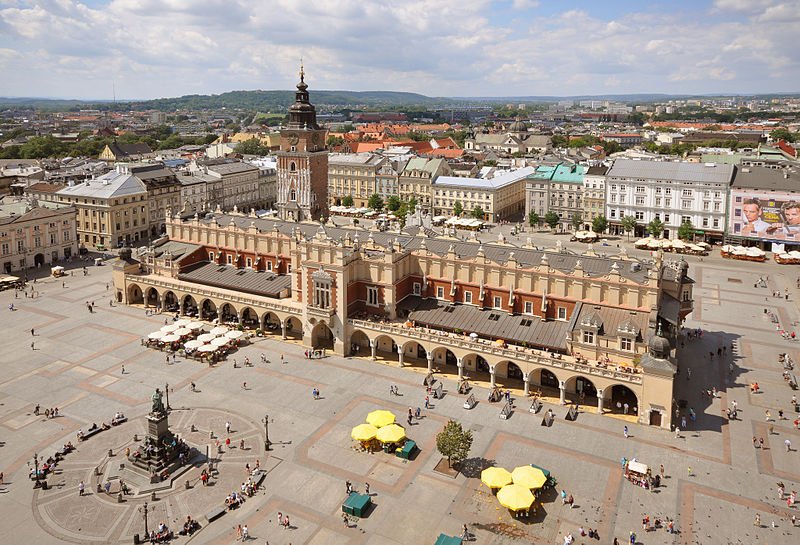
Market Square in Kraków (Source: Jorge Lascar, CC BY 2.0, Wikipedia)
The first time I discovered those bars in Kraków was around 20 years ago. On New Year's Eve 2003/2004, my friend and I joined forces to travel from Germany to Kraków by train. A bit scared of going to a new country, we stayed in our compartment for most of the journey. Finally, a group of other teenagers entered our little space, raised a bottle of vodka, and, with the result of being completely wasted on arrival, together we drank one glass after another.
My friend even wanted to leave Kraków by taking the next train 30 minutes before midnight, shortly after arriving. Eventually, I convinced her to stay a bit longer, make friends, and follow them wherever they would go. At some point and several vodka shots later, things went blurry and foggy. When I sobered up, I looked around and saw my friend sleeping in a dark medieval vaulted cellar and people giving me another shot.
The memory of those dark basement bars in Kraków stuck in my head over the years, and every time I visited the city, I would at least have a look at one. Then, I finally discovered Kazimierz, the old Jewish quarter, which has more and more turned into a party and nightlife district with plenty of trendy Kraków restaurants, hotels, and Airbnbs opening. Here you can discover historic places like synagogues turned into bars or just chill out in the nearby Planty Dietlowskie Park with your beer from the Żabka kiosk.
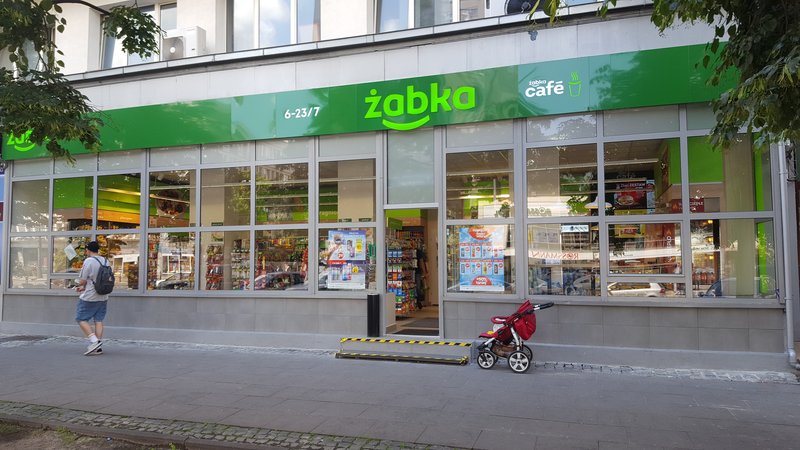
Żabka shops are popular all over Poland
Over the years those streets have become flooded by Western bachelor parties and drunk visitors yelling in the streets. Those endless drinking nights usually end in one of the popular Milk Bars of Kraków (Bary mleczne), one of the remaining relics of the Socialist time. In those canteens, you can find the most basic, hearty, homemade Polish food, such as pierogi, bigos, and kotlet schabowy. By now, most of them are pretty touristy unless you leave the central districts and head a little further East.
One night I decided to stay exactly there: Nowa Huta, formerly a Socialist planning town and the pride of the Polish mining industry. For history geeks, it’s worth visiting this area; the architecture in Nowa Huta perfectly represents the ideas of an ideal society, where workers, doctors, artists, intelligentsia, and other groups would live in equal apartments within supposedly green spaces not far away from supermarkets, canteens, and kindergartens.
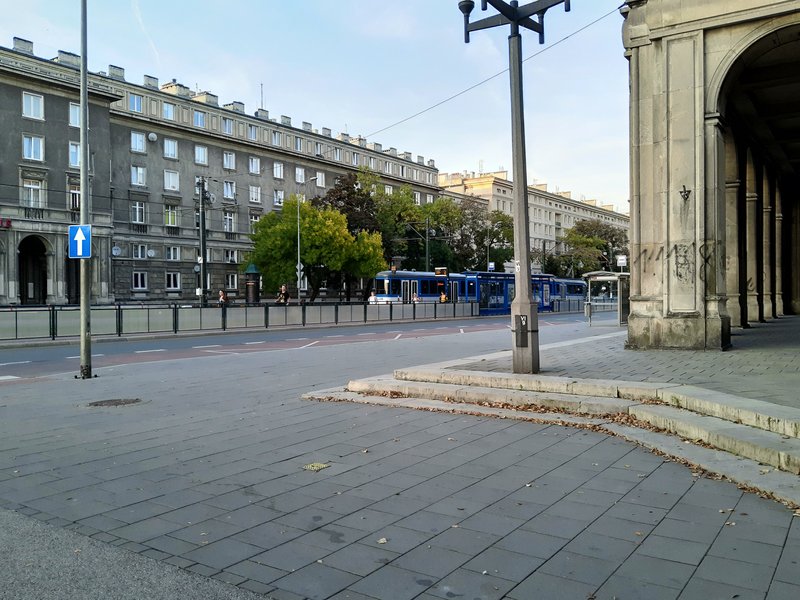
The reality was quite different, of course, and if you want to find out how Socialist life was, you should have a look at Stylowa in Osiedle Centrum C. To be fair, Stylowa isn’t an actual Milk Bar with the typical self-service. In this restaurant in Kraków, you wait and wait and wonder if there’s some self-service rule until you realize that the waiters are just not interested in serving you. It is worth the experience and the place is already legendary for this charmingly rude Socialist service.
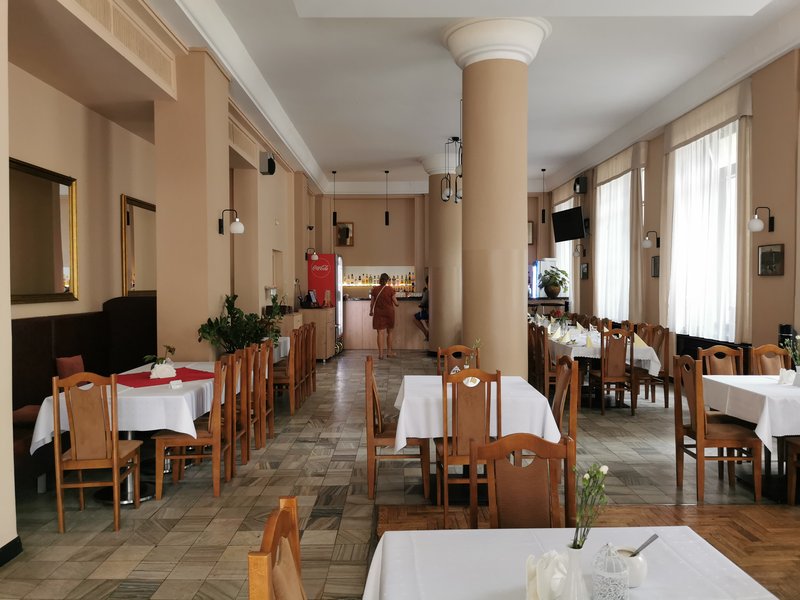
If you’re not being served here, you can still look around the square for a more classic Polish milk bar, the Centralny, just a few meters further. And for those who are looking for sweet flavors: Look out for the ice cream shop with the longest queue around Plac Centralny, which is at Lodowa Huta. The reason for the long lines isn’t the lack of products like in the Socialist days anymore: The “lody” (ice cream) that is made here is simply incredibly tasty.
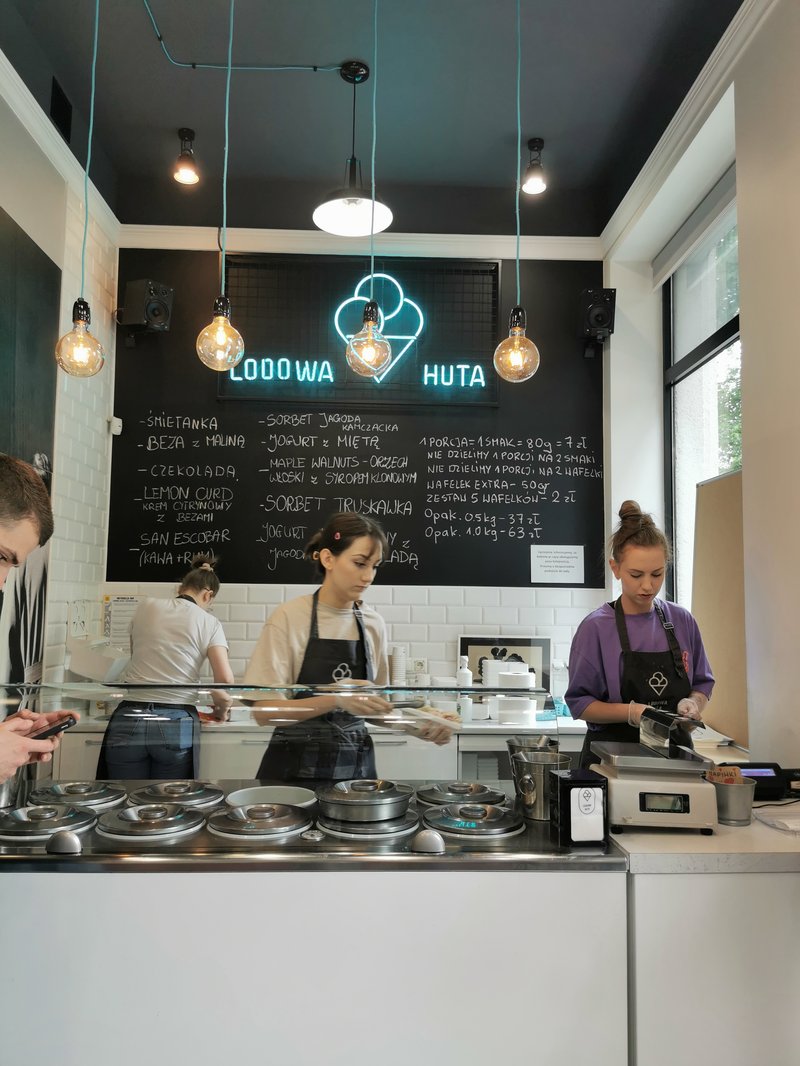
With your ice cream in your hand, you can now proceed a bit further to have a look at the Socialist Culture Center (Centrum Kultury) with one of the best exhibitions of the works of Poland’s Salvador Dalí: Zdzizław Beksinski.

After I visited the museum, from where you can also observe the empty green fields leading further down to the old mining places, I went back to my amazing Nowa Huta hostel. Staying here in 2018, it was full of Ukrainian refugees and workers. One thing that puzzled me most though, was a conversation I had with a Polish guy in my room.
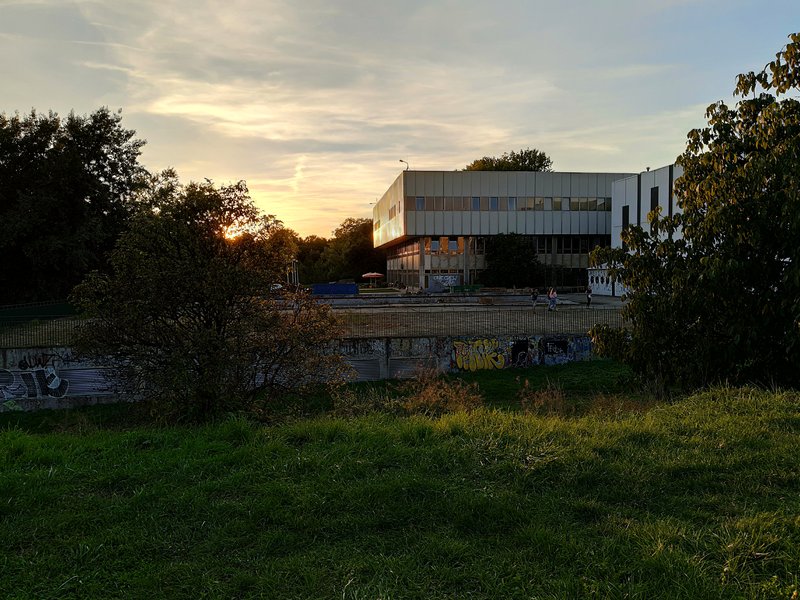
Centrum Kultury in Nowa Huta
Being mostly silent, he suddenly told me that he was about to deliver food now and wanted to have a look at his apartment in Kraków later. I was like: “What?”. He then explained that he owns a place in Kazimierz, actually, but since it makes more sense for him to rent it out on Airbnb, he started to live in the cheapest dorm in Nowa Huta. Even some years later, in 2022, I saw that more affordable hostels were primarily filled with refugees and locals renting out their own spaces in trendy places like Kazimierz.
So, Kazimierz nowadays is a bit artificial maybe. It still has nice scenery for tourists though, with a lot of amazing Kraków bars, plenty of history, and the yearly Jewish Culture Festival. Of course, you will see many locals there going out at night. Some of them get stuck later in the green Planty belt around the old town and then desperately try to find out the way to their home outside of the center.

Vibrant Kazimierz
The inner town is, therefore, just not an area anymore that is inhabited by a lot of local people. Nonetheless, you should go there and visit the hundreds of bars – after a few drinks, you head to Plac Nowy for the obligatory Polish Zapiekanka pizza or grab some quick snacks in Żabka. And if you have energy the next day, well then you can also have a look at the cultural sights of Kraków from the St Mary’s Basilica to the Wawel castle.